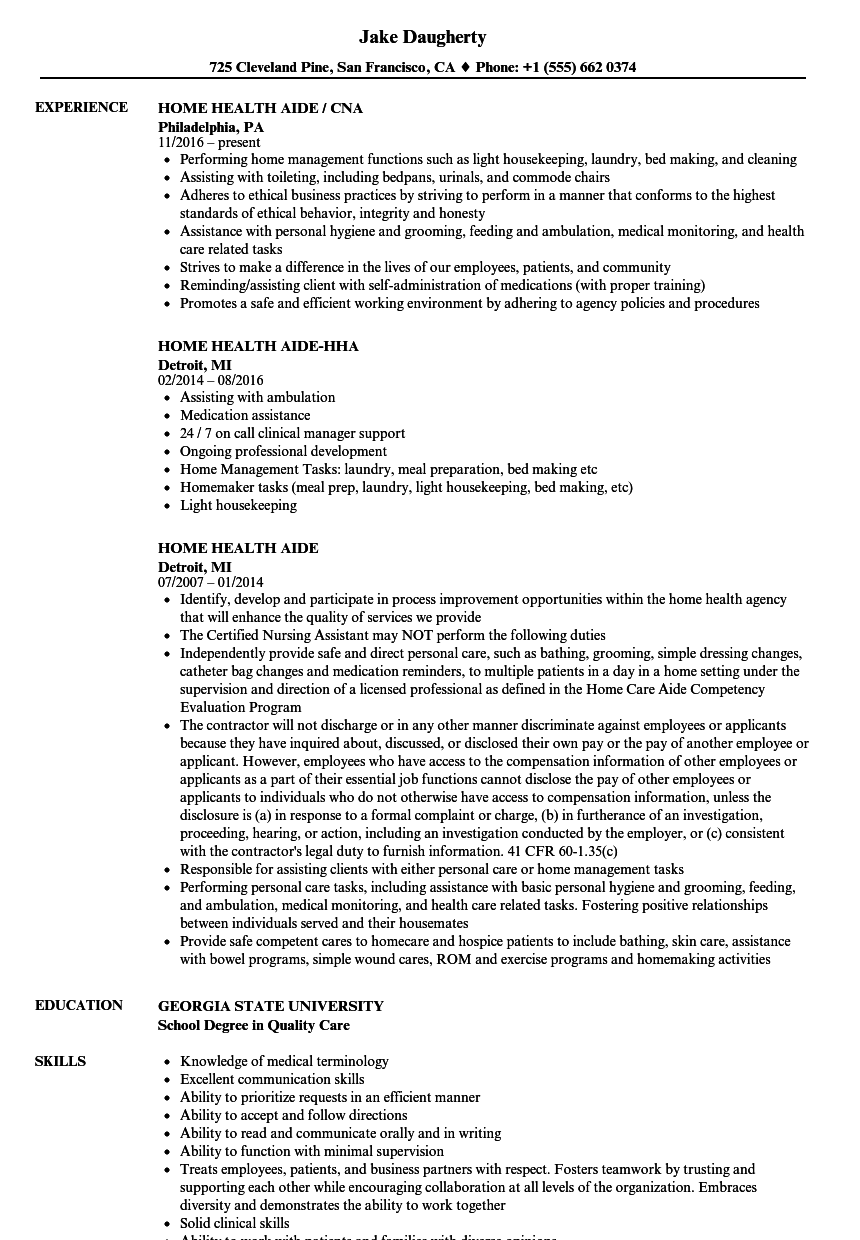Table of ContentsThe Main Principles Of The National Academy For State Health Policy Who - Health Policy - An Overview

The rhetoric from the center left declines this view, however their actions tell a different story: Perhaps the single most-trumpeted cost-containment device consisted of in the ACA was the so-called Cadillac Tax, which seeks to consist of costs precisely by requiring health care customers to face a greater share of minimal expenses.
When it comes to healthcare, insured customers pay fixed premiums each month despite whether they go to https://diigo.com/0ifx14 a doctor. Then, when they do visit a medical professional's workplace or go to the health center, insurance coverage pays for some (often even most) of the limited expense of this check out. As soon as the fixed cost of paying a premium is fulfilled, each subsequent visit to a health provider is then partly to totally funded by the insurer, and this means that the client does not face the complete limited cost of the choice to obtain healthcare.
Rather, they would argue that a lot of Americans are simply overinsured which more healthcare costs must be financed expense until those costs end up being expensive, at which point insurance would then correctly kick in. Being overinsured and not dealing with the full marginal cost of each brand-new visit to a healthcare provider is believed to make Americans overconsume health care, possibly utilizing resources (i.e. what influence does public opinion have on health care policy?., money paid by their insurance provider) to obtain treatments that they would not have looked for had these treatments' full minimal expense been dealt with (that is, had they been required to pay the expenses themselves).
First, unless one wants to increase expense sharing even for really disastrous medical expenses, such steps will miss out on the primary expense motorists in the U.S. health care system. Eighty percent of health dollars are invested in simply 19 percent of health customers, and 50 percent of health dollars are spent on just 5 percentpresumably the sickest patients (Gould 2013b).
Second, the presumption that all ethical danger results in economically ineffective overconsumption of healthcare may well be incorrect. and mental health: what health care policy needs to address.. Nyman (2007) directly concerns this theory by arguing that a large part of ethical risk represents healthcare that sick customers would not otherwise have had access to without the earnings that is moved to them through insurance coverage - how does electronic health records improve patient care.
Take the example of an adult who has lost front teeth in a cycling mishap - what is a health care deductible. Having missing out on teeth is undoubtedly not deadly, however it is rather likely that if insurance coverage gave the cash-equivalent cost of changing the teeth to this person, they would choose to do specifically this and not spend the cash on other goods and services.
Health Care For All: A Framework For Moving To A Primary Care ... - The Facts

This recognition that not all moral risk is financially ineffective is ending up being well comprehended in other branches of economics. Chetty (2008) makes similar arguments in the context of unemployment insurance, focusing on the truth that joblessness insurance advantages solve a liquidity problem instead of developing a disincentive to search for work.
He discovers that higher-than-average unemployment insurance benefits increase joblessness period just for workers with no liquid wealth. This recommends strongly that it is the relief of liquidity constraints and not the disincentive to workstemming from decreases in the "expense" of leisure (i.e., the loss of income) spurred by the receipt of UIthat drives responses. This cost Visit the website per covered worker was then compared to typical incomes in the fifths of the wage circulation. The counterfactual of no excess health expenses was simulated by holding employer contributions to ESI fixed as a share of overall compensation over the period. Information from EPI State of Working America Data Library 2018 as well as BEA 2018, NIPA Tables 7.8 and 6.9 It should be noted that these calculations may understate the damage that rising healthcare costs have actually done to workers in the bottom two-fifths of the wage circulation.
Initially, the crowd-out of wages from increasing ESI premiums has in fact been bigger than average for the bottom two-fifths, determined in portion terms (as seen in the last row of the table). Second, while this chart reveals the crowd-out of wages taking ESI protection disintegration into account, for those employees who continue to get ESI, the wage crowd-out stemming from increasing ESI premiums (disappointed here) is much higher in portion terms for employees in the bottom two-fifths than for View website other employees, for the basic factor that ESI premiums constitute a much higher share of these employees' salaries. which of the following are characteristics of the medical care determinants of health?.
Lastly, the table proves that ESI protection has actually eroded most significantly for employees in the bottom two-fifths of the wage distribution (as seen in the second set of rows, "ESI coverage rate"). This disintegration is definitely associated to the truth that development in ESI premiums relative to these workers' earnings has actually been severe.